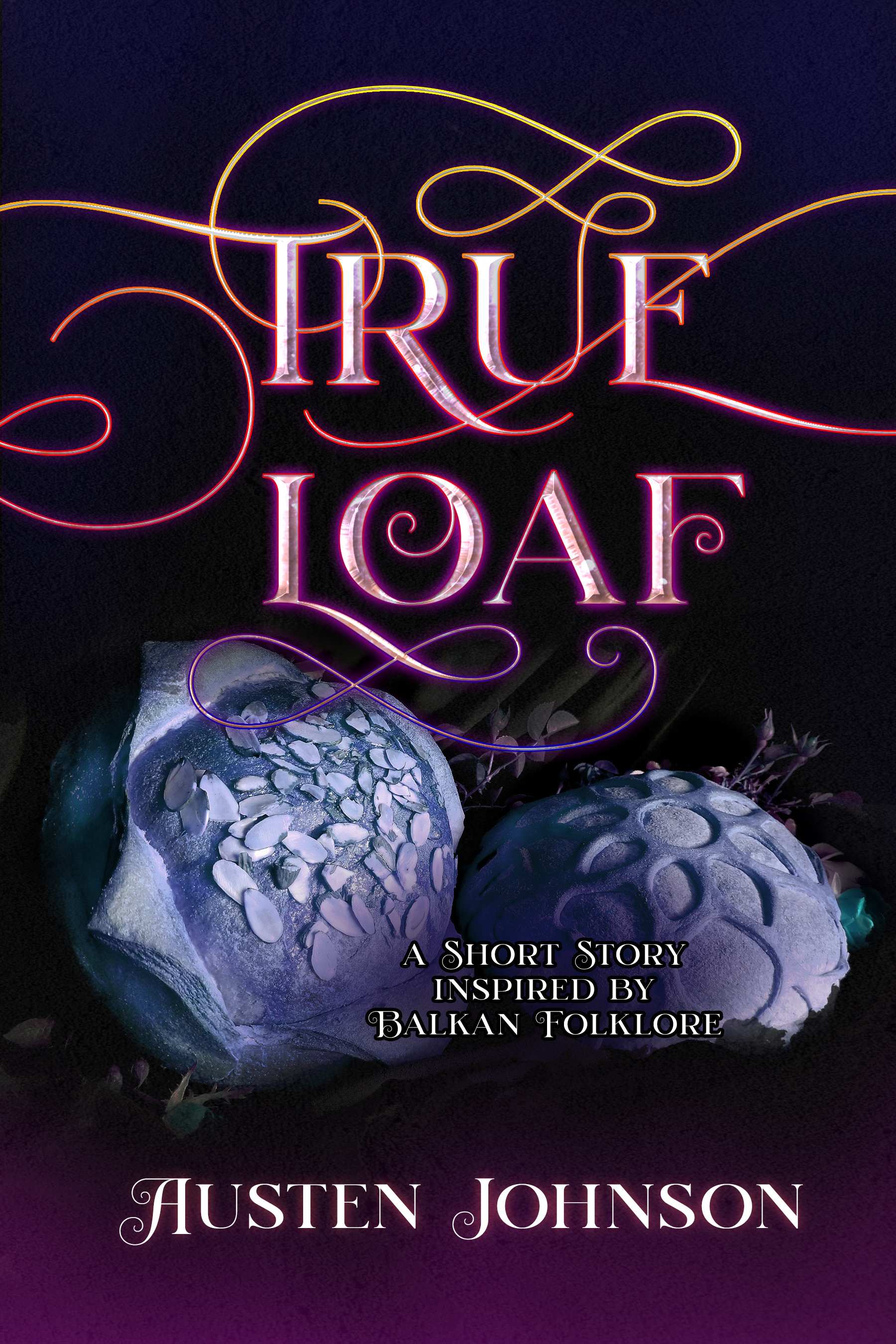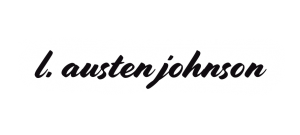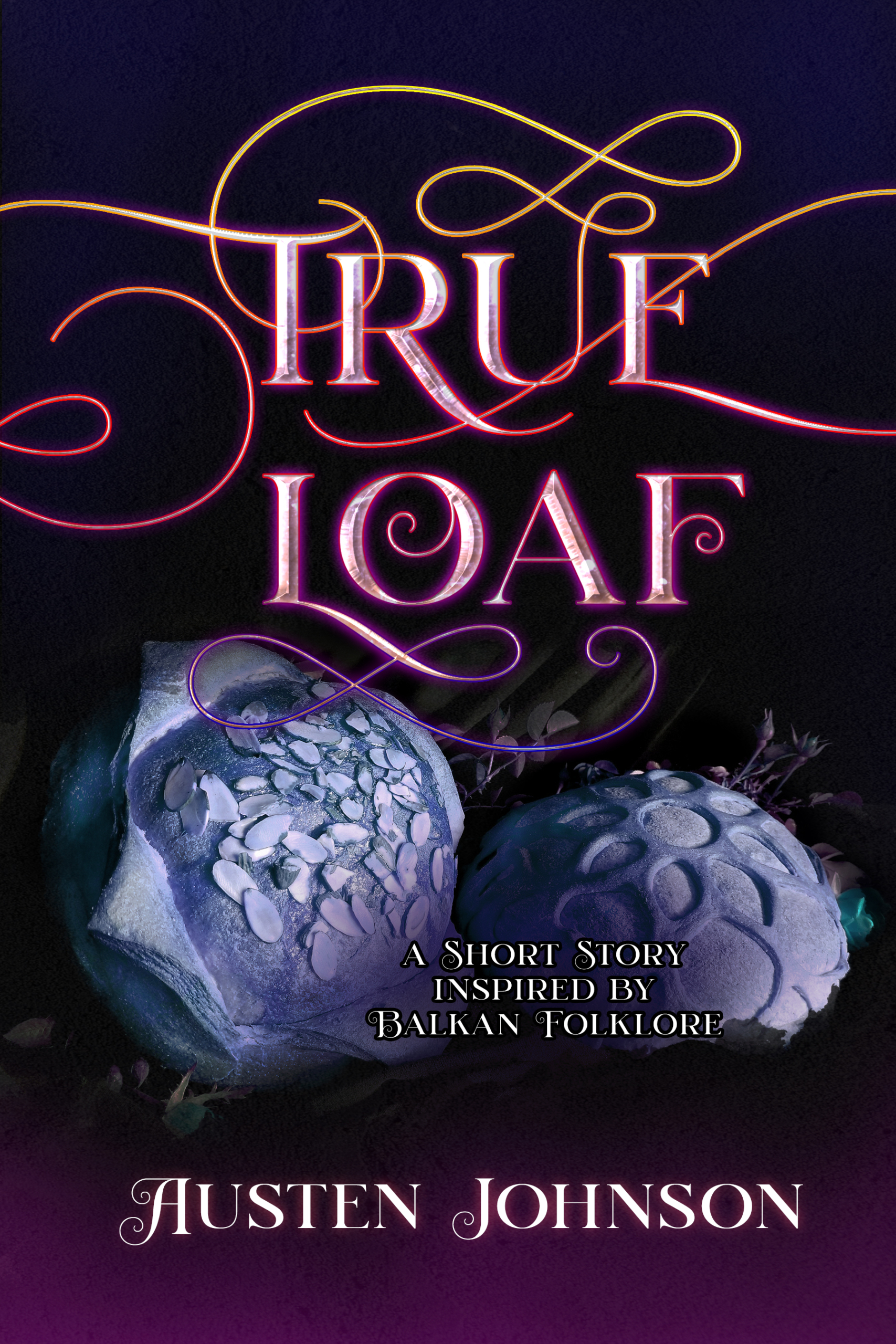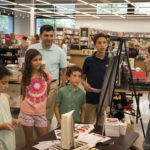
This month, I published a short story inspired by Balkan folklore called True Loaf (on Smashwords and Amazon). This story is one of those times when my academic life and my personal writing life were able to collide. Originally, True Loaf was a story meant to follow a set of folklore archetypes. Specifically, it includes a whole bunch of elements from the folklore morphology of a guy named Vladimir Propp. He’s a Big Deal™ in the history of folklore studies, even though a lot of people have since come forth and added a bit more nuance to his thoughts. Here’s his book, The Morphology of the Folktale, if you’re interested in learning more.
So when I say True Loaf is “inspired by Balkan folklore,” I mean it not in the “this is another Brother’s Grimm retelling sense,” but more in the general tone, plot, and structure. This story will (hopefully) make you nostalgic for folktales from the region, even if it’s not a direct retelling of any specific story. That’s part of the reason I kept the description so vague:
“When a strange man puts in a strange request at the bakery where she works, Riley must go on a mini-adventure to find one unusual ingredient. Along the way, she realizes that things are not always what they seem.”
For most of you, this explanation is sufficient, and you can go on your merry way and read the story (for free!) now.
For those of you who are folklore aficionados, I’ve included my Propp-based story analysis under the cut.
The Analysis:
About Propp
True Loaf includes syntagmatic elements from Propp. There are still a villain and a hero, but the quest comes directly from the villain instead of from an outside source. In traditional Balkan stories, the king often gives the hero his quest. Here, the villain is a king, and so he is properly equipped to give the hero (Riley) a task. She goes missing (Propp’s absentation), and she is warned (interdiction). Instead of being tricked by the villain, she tricks him, using the knowledge that she gets on her test from her guide, Aiden.
Though the story is truncated, we still get many of Propp’s elements. There is a lack that needs to be fixed, the hero considers this lack, then she has to choose to go on the mission. The part I emphasize the most is the Donor Sequence. In the donor sequence, we see the importance of ritual. Riley has to go around the tree nine times. Nine is a special number as it represents three sets of three—triads are seen as particularly strong in magic. Through the guidance of Aiden, Riley is able to find the proper Yarrow. But even then, she breaks the natural order a bit but taking both Yarrow plants. Luckily, she uses this to defend herself and there are few poor repercussions. This is related to the Hero’s return. Instead of the hero being unrecognized, she has to undergo the task of recognizing the men. When she does, she then punishes the villain (the client). Riley exposes his villain-ness through the magic of the Yarrow. He, not the hero Riley, is the one who transforms.
Some other imagery
In my story, the time of day and the place is very important. Riley can only get the Yarrow during twilight, and it has to be in the liminal/transition space of where the forest turns to grassland. In folklore, liminality is important, and many events are only possible at certain times of the day.
I’ve been careful in my imagery. Yarrow is used in magic for healing and balance, but it’s also related to blood clotting. Here, Yarrow keeps the balance between worlds. In British folklore, the Alder tree helps with entering the faerie realm. It can also help one face something one has been avoiding. I use it in both of these ways in my story. I’ve also drawn the importance of naming from both Balkan folklore and British folklore. The naming of one another along with the eating of the bread is what binds Riley and Aiden. Their bond also signifies the bonds between our world and the other realm, and it shows order triumphing over disorder. Since food is an important binding agent, I’ve used it in my story.
That’s all for now, folks!



